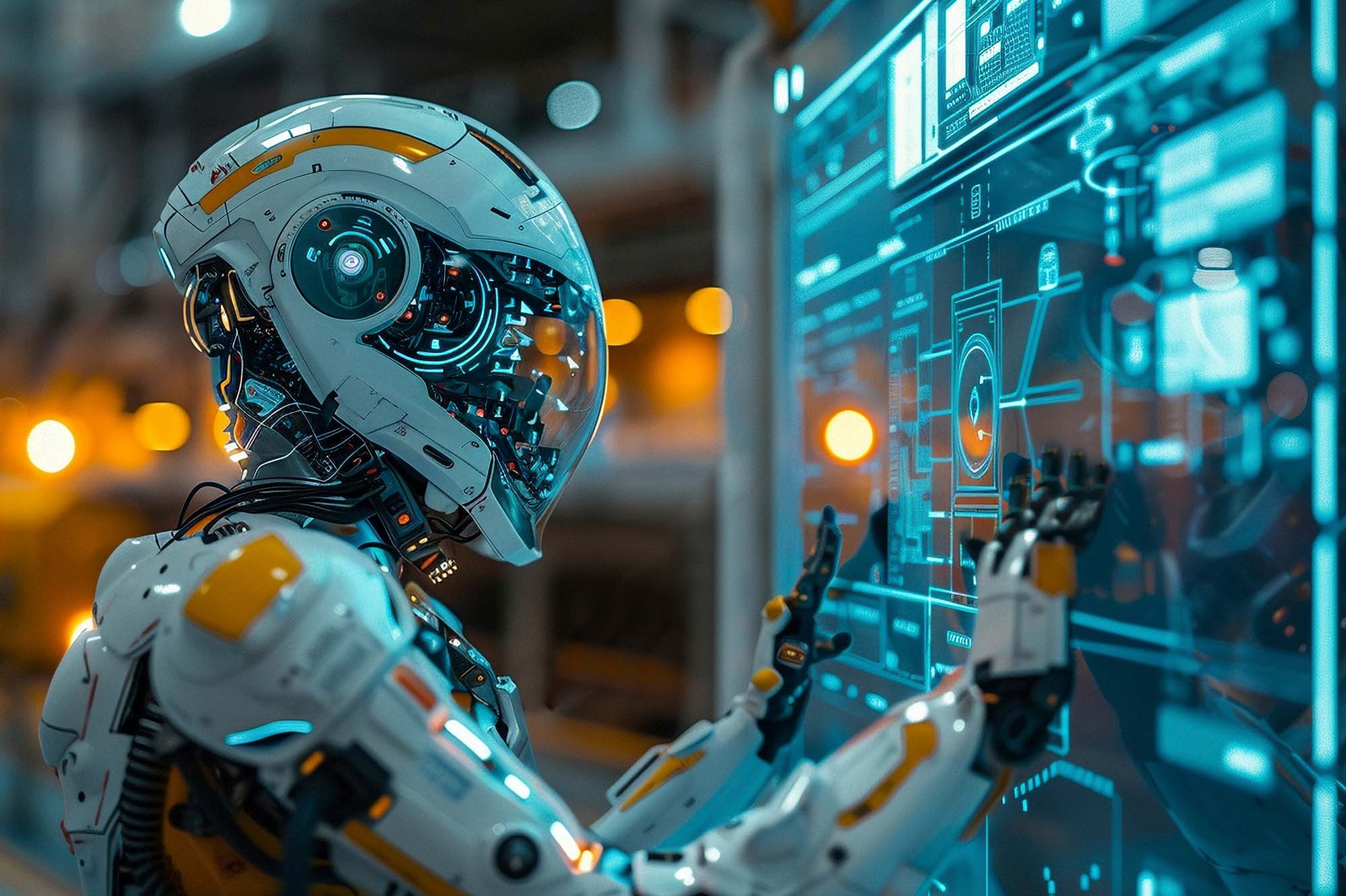What is Machine Learning? Explained Simply

Have you ever wondered how services like Netflix know exactly what movies you might like, or how your email provider filters out spam so effectively? The answer lies in machine learning. As a core branch of artificial intelligence, machine learning is the science of teaching computers to learn from data without being explicitly programmed for every single task. Instead of writing a specific set of rules for every possibility, we give an algorithm a large amount of data and let it find patterns and make predictions on its own.
At its core, machine learning relies on algorithms that are trained on vast datasets. There are two main types of learning: supervised learning and unsupervised learning. In supervised learning, the algorithm is given labeled data—meaning each piece of data is tagged with the correct answer. For example, you might show a computer thousands of photos of cats and dogs, with each photo labeled appropriately. The computer learns to identify the features that distinguish a cat from a dog, and can then accurately classify a new, unlabeled photo.
Unsupervised learning, on the other hand, involves giving the algorithm unlabeled data and letting it find its own structure and patterns. This is what happens in recommendation engines, where the system analyzes your viewing habits and finds other users with similar tastes, suggesting content that those users enjoyed.
A more advanced form of machine learning is deep learning, which uses complex structures called neural networks to process information in a way that mimics the human brain. This is the technology behind self-driving cars, speech recognition, and advanced image analysis. The field of data science and machine learning are closely linked, with data scientists using these algorithms to extract valuable insights from complex data. Simply put, machine learning is the engine that allows systems to improve and evolve over time, making our technology smarter and more intuitive.






